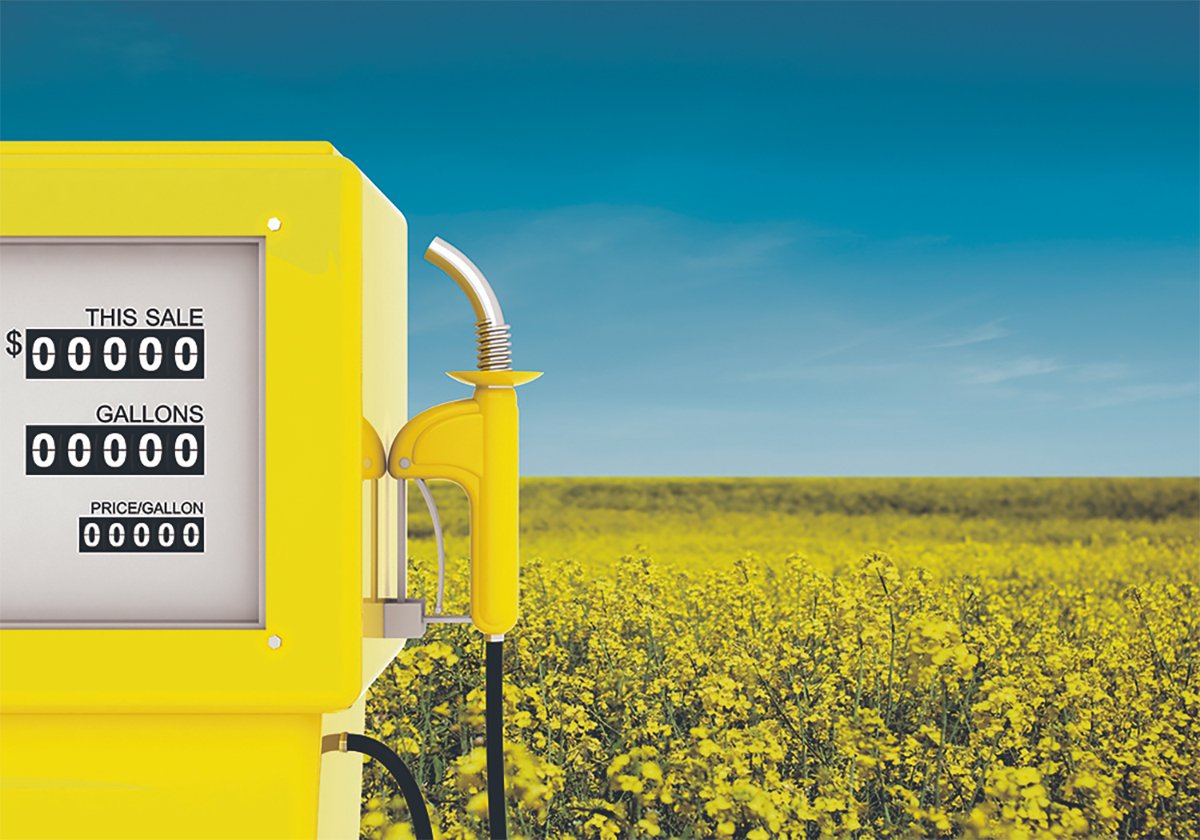After four down years, chickpea acreage is forecast to rebound to prominance in 2007, and this time growers are ready for it.
The crop that came from nowhere to become a 1.2 million acre phenomenon by 2001-02 crashed as fast as it had risen.
By 2004-05, growers had cut plantings to 116,000 acres.
But with better price prospects, improved varieties and battle-tested growers, optimism is rising.
In Statistics Canada’s March report, growers said they would plant 519,000 acres in 2007.
“We’re at a far better place this time around than we were last time,” said Ray McVicar, special crops specialist with Saskatchewan Agriculture, the province where 90 percent of the country’s chickpeas are grown.
Read Also

Biofuel sector happy with federal budget
Advanced Biofuels Canada says new Biofuel Production Incentive is a lifeline until CFR amendments are in place.
In the late 1990s strong prices lured growers into gambling on an unfamiliar crop. The roll of the dice paid huge dividends for a few years until the industry was rocked by a combination of plummeting markets, frost and disease, said McVicar.
“It just no longer made sense for growers to grow the crop. The risks were higher than the potential return. So down went the acres.”
This time, growers are better equipped to handle the crop. They have improved varieties, ones with a “fair” ascochyta blight resistance rating rather than the “very poor” lines that existed at the beginning of the decade. There are also foliar fungicides registered to control the disease.
And growers have learned how to scout for ascochyta blight, how to fit chickpeas into their rotations and to properly grow and market the crop.
“They know much more about what they’re getting into and that’s a big factor,” said McVicar.
Another change is the breakdown of the classes, said Stan Skrypetz, special crops analyst with Agriculture Canada.
“Desis and small kabulis are going to be the growth area,” he said.
Growers are responding to strong demand from India, the world’s biggest consumer of small chickpeas.
India reportedly faces a 3.2 million tonne shortfall of pulses this year. It has approved the import of 1.5 million tonnes of pulses over the next six to eight months.
Skrypetz said that bodes well for yellow peas, desi chickpeas and small kabulis.
Desi prices are at a 10 year high. Skrypetz said Canada’s increased production is unlikely to cause markets to tumble. Prices will be more influenced by India’s harvest, which is just wrapping up, the crop in the Middle East, which comes off in July and by Australia, which follows Canada to market.















